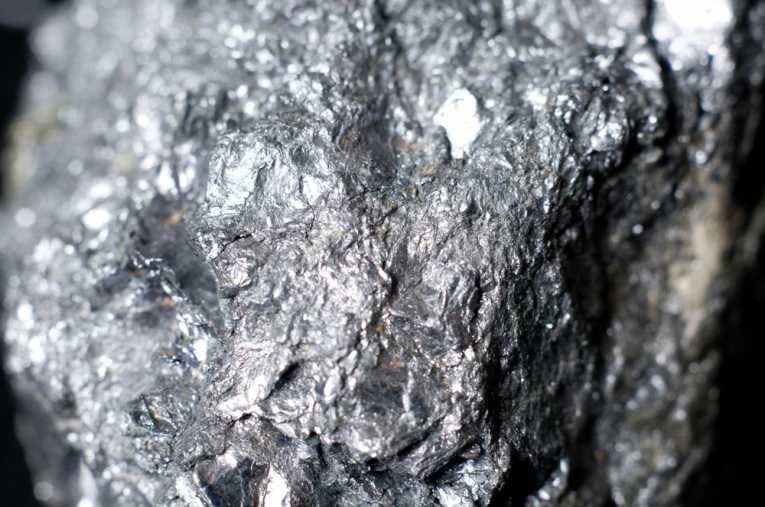The elements rarest in the Earth (rare earths) are the most expensive, until we mine the Moon or Mars. However, rare earth minerals are increasingly used in new technologies such as electric vehicles, photovoltaic cells and smart phone displays. At a conference in Minneapolis, the Geological Society of America is discussing a situation that is beginning to cause problems.

China is restricting its neodymium exports-used to make, 'the strongest magnet in the world.' This is just an illustration of magnets via Shutterstock
One of the biggest producers, China, has now restricted neodymium export, used for the magnets in wind generators. This means that a massive wind energy system in China is developing, but other countries are limited because the cost outside of China is now prohibitive. The effect on new technology development is obvious. Professor Roderick G. Eggert of the Colorado School of Mines explained that truly rare minerals like rhenium and tellurium are just hard to find, while others can be plentiful, but difficult or expensive to extract. It is only worthwhile extracting indium, for example, because zinc is found in the same ore.
Kathleen Benedetto of the Natural Resources Committee of the US House of Representatives feels a response to the neodymium restrictions should provoke an effort to examine opportunities to produce minerals such as rare earths within the US. "China's efforts to restrict exports of mineral commodities garnered the attention of Congress and highlighted the need for the United States to assess the state of the Nation's mineral policies and examine opportunities to produce rare earths and other strategic and critical minerals domestically", she states in her session abstract. Marcia McNutt, director of the Geological Survey lays the way open for such action by asserting that the US indeed has many deposits suitable for extraction. For 130 years the USGS has managed the nation's resources, with the definition of a critical mineral being time-dependent. She acknowledges that, "New products and technologies result in shifts in both supply and demand."

Marcia McNutt, Director, USGS.
Finally here are the five points the President's Office of Science and Technology Policy provide to overcome present and future shortage, via Cyrus Wadia at the conference:
The first point is to mitigate long term risks associated with the use of critical materials. The second, diversify supplies of raw materials. Thirdly, to promote a domestic supply chain for areas of strategic importance like clean energy. Fourth, inform decision makers; and fifth, prepare the workforce of the next generation.
With these powerful forces and organisations obviously at work, it is to be hoped that problems such as these do not inhibit vital growth and new technologies.










